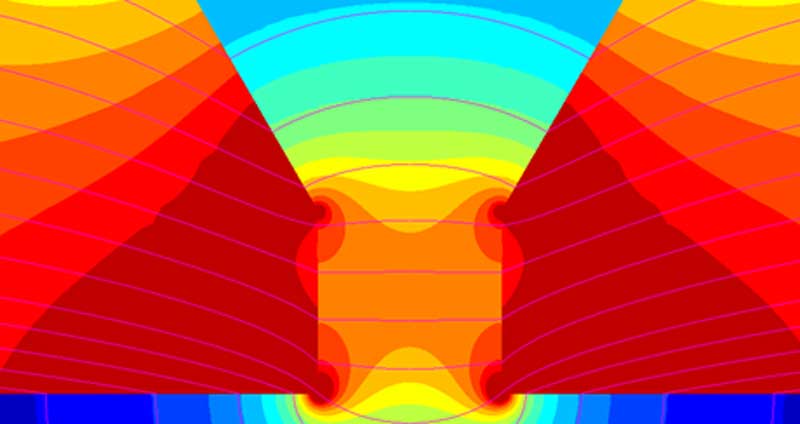- Rapport
- Värme och kyla
Weldability of district heating applications

The report presents a numerical model developed to study magnetic fields in and around steel pipes. The model has been calibrated against several magnetic hysteresis for P235GH, which is a common steel grade for district heating pipes. The model has been used to investigate the strength required of an external magnetic field to magnetize a district heating pipe to a level that can lead to arc instability and arc deflection. The model has also been used to calculate the amplification that takes place of the magnetic field in the weld groove when two magnetized pipes are brought together. Furthermore, the model has been used to investigate the degree of residual magnetism that can form in a district heating pipe due to the earth's and electric power lines' magnetic fields. The dependence of the magnetic field strength in the weld groove on variations in pipe dimensions and gap geometry has also been simulated.
Ladda ner rapporten
Weldability of district heating applications